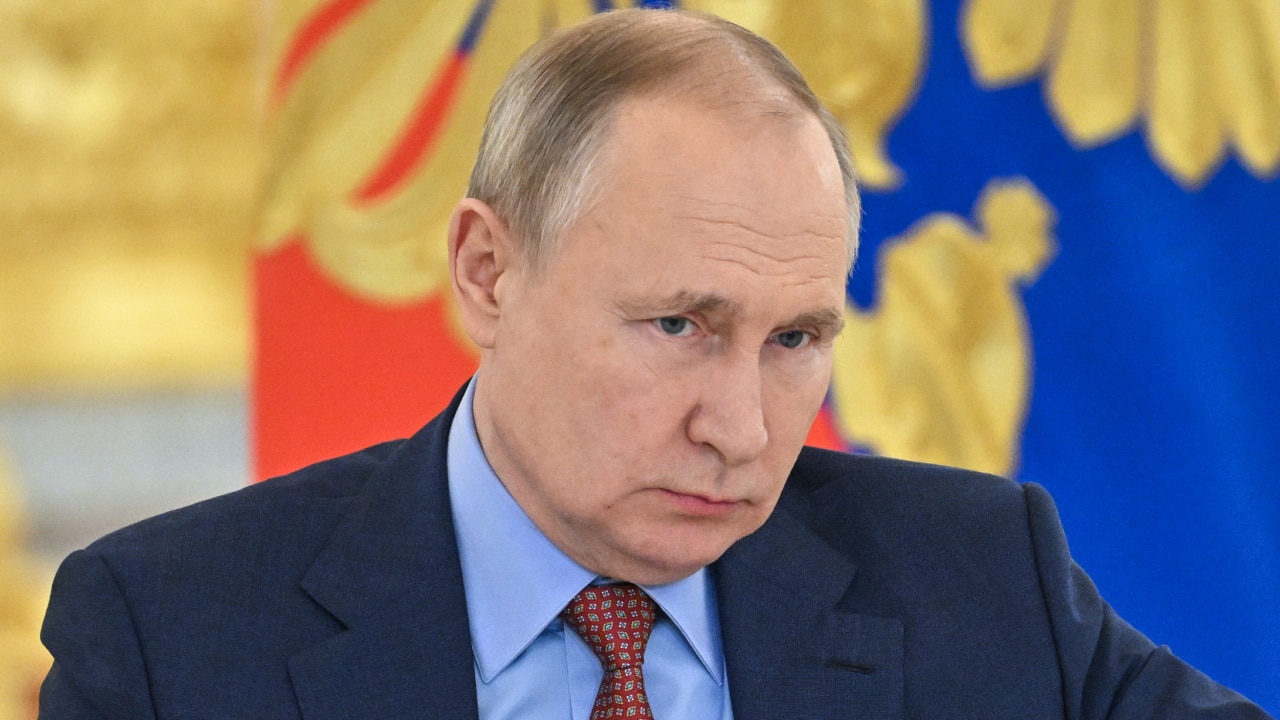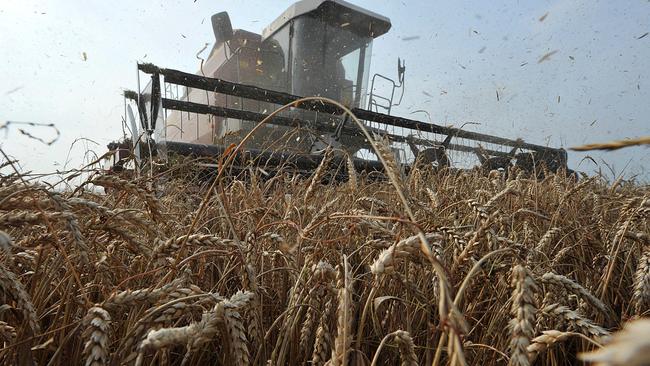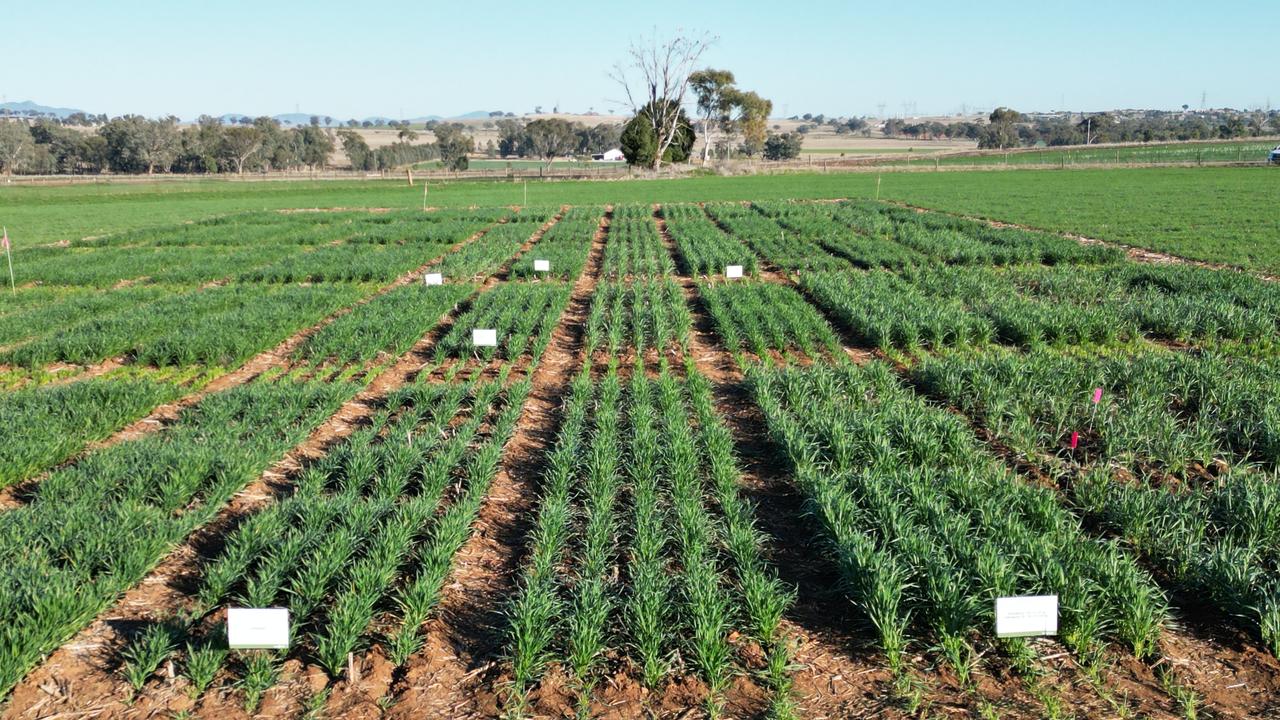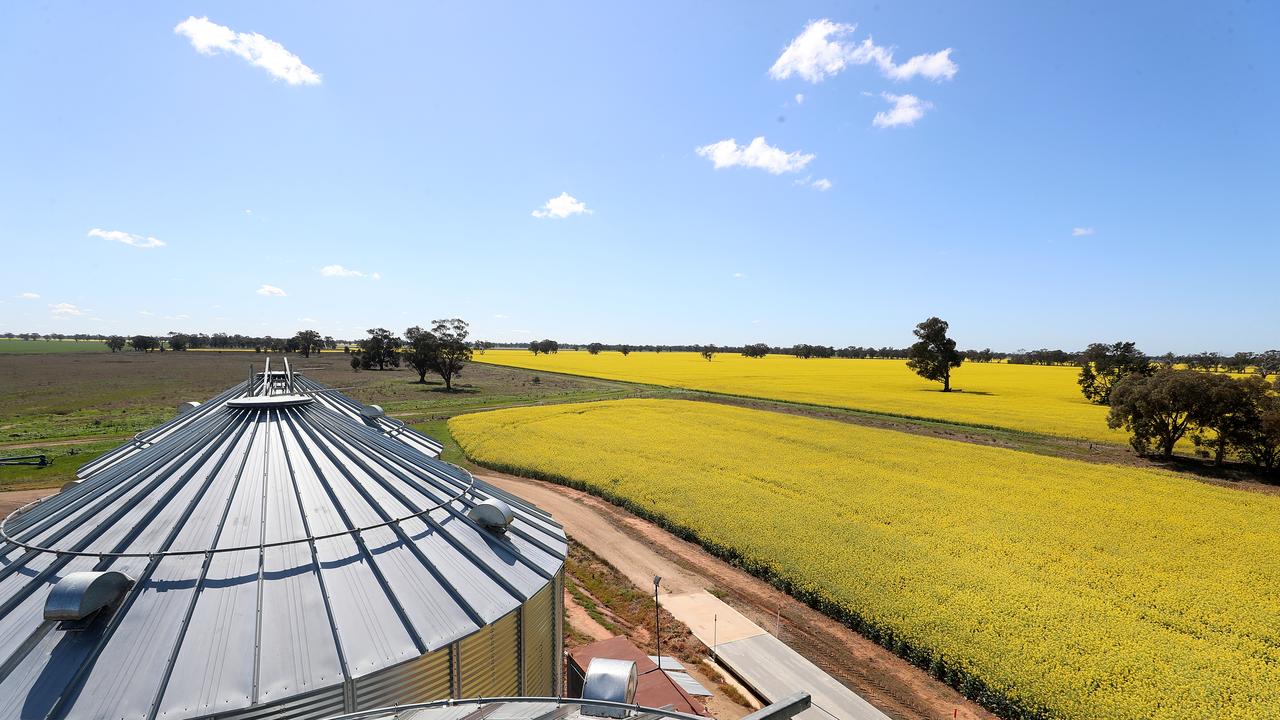Grain prices rise as Russian troops enter Ukraine
Wheat prices have begun to rise in response to Russia’s move into Ukraine.

Wheat prices have begun to rise in response to Russia’s move into Ukraine on Tuesday and the announcement of sanctions against the country.
Russian President Vladimir Putin earlier this week recognised the independence of two Russian-controlled territories in east Ukraine - Donetsk and Luhansk. He also sent his military on a “peacekeeping mission” to Ukraine - initiating a formal occupation of sovereign Ukrainian territory.
US President Joe Biden labelled Russia’s actions “a flagrant violation of international law (that demand) a firm response from the international community”, while other countries announced initial sanctions against Russia.
In a press conference on Wednesday, Australian Prime Minister Scott Morrison said the “the invasion of Ukraine has effectively begun” and announced the government would immediately begin placing targeted financial sanctions and travel bans on some Russian people who may be aiding the invasion.
Meanwhile Germany announced it would put Nordstream 2, a natural gas pipeline from Russia, on indefinite hold.
Wheat traders reacted quickly to the news, sending wheat prices higher everywhere except around the Black Sea on Tuesday.
Russia and Ukraine produce 30 per cent of the world’s wheat, and traders are concerned exports could be affected if further sanctions are imposed against Russia.
Analysis from Commonwealth Bank agri strategy director Tobin Gorey on Wednesday showed wheat prices had begun to rise in the US, Europe and Australia in response to the news.
Australian wheat futures prices made sharp or better gains on Tuesday. ASX East March ’22 gained $4$ to $366. New crop January ’23 gained $9 to $375. Kwinana APW1 was reported $5 higher at $360.
Australian prices were expected to rally again on Wednesday given the “hefty gains” in offshore markets, he said.
Paris futures gained sharply, up more than three per cent since the start of the week. The May ’22 contracts in Kansas and Chicago were up five and a half per cent and six per cent respectively on Tuesday.
Black Sea prices were steady.
Mr Gorey said prices were also affected by climatic conditions in the United States, which could negatively affect the regions hard red wheat crop, reducing the availability of wheat stocks.

Tuesday February 23
Wheat traders are continuing to closely watch the developing Russia-Ukraine conflict.
They are warning the wheat and barley markets will go “absolutely bonkers” if Russia invades Ukraine, but Australian markets may be slow to feel the full effect of the tensions.
Wheat prices have continued to “zig and zag” as US warnings of an invasion by Russia and international attempts to reach a diplomatic solution have made headlines this week.
Russian president Vladimir Putin announced on Tuesday his decision to send troops he called “peacemakers” into breakaway regions of Ukraine.
A spokesperson for the US government said the announcement has not as yet constituted an invasion that would trigger a broader sanctions package.
Commonwealth Bank agri strategy director Tobin Gorey said Russia and Ukraine supply about 30 per cent of the world’s wheat, and any disruption to supply from the region was likely to significantly impact world prices.
So far wheat prices in Australia, which were already high, have been “lifted somewhat” off the back of the threat of a Russian invasion, but have not increased to the same extent as prices elsewhere due to a glut of supply entering the market from a record Australian harvest, Mr Gorey said.
Australian General Purpose wheat delivered to Melbourne’s container packers and domestic mills reached a price of $345 a tonne this week, up from $330 a month ago, while Australian Premium White sold for $382 a tonne this week, down from $398 compared to before tensions broke out.

In the US, wheat prices on the Chicago May ‘22 sat at about $US8 a bushel this week – (US$294 a tonne, AU$408 a tonne), up from US$7.50 a bushel (US$275 a tonne, AU$382 a tonne) since before conflict between Russia and Ukraine arose.
If a diplomatic resolution was found to the tensions, Mr Gorey said US prices could fall 50 US cents a bushel, or about AU$25 a tonne, back to where they were before tensions erupted.
But if Russia did invade, prices would likely increase significantly. The level of increase was “hard to predict”, and would depend on the extent and duration of conflict and sanctions, Mr Gorey said.
Thomas Elder Markets analyst Andrew Whitelaw said he expected markets to go “absolutely bonkers” if Russia invaded.
“We have no idea what it would do. It all depends on the scale of the conflict,” he said.
Mr Whitelaw said traders could draw some comparisons with Russia’s invasion of Crimea in 2014, which drove prices up by about 20 per cent.
“But that was a relatively small and relatively localised conflict. However, if you have a full scale invasion of the Ukraine, then you would find that the scale of it would be higher because you’d have more impact and more potential disruption,” he said.
Grain Growers Ltd chairman Brett Hosking said the conflict had highlighted a lack of transparency in Australia’s wheat market that put growers at a disadvantage when it came to rapid price movements.
Mr Hosking said while it was understandable that prices in Australia hadn’t increased significantly due to “a big crop and port capacity”, but he said grain growers needed more transparency to understand when was the best time to sell their crops.
“We’re seeing some quite large premiums being experienced in the global wheat market at the moment. But what they’re seeing is it’s not actually translating to the same extent through to the prices they’re being offered (in Australia),” he said.
He called for an Australian Competition and Consumer Commission-led market study to “pop the bonnet” on the grains industry.
“Major bulk handlers have far greater visibility (of the market forces influencing grain prices). Growers themselves have very little visibility across the market to the same extent.”
“Effectively growers are selling to an entity which has a lot more market information to what the grower themselves has,” Mr Hosking said.





